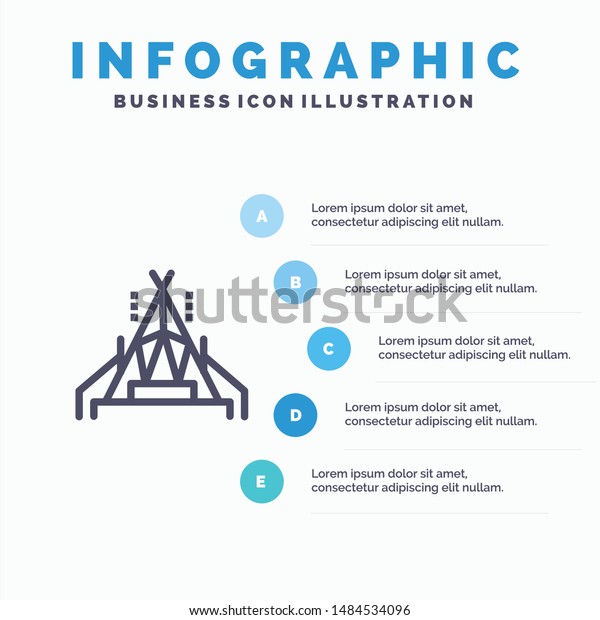The Grasp Hitch is an easy and safe means to establish camping tent individual lines. It's also a terrific strategy for backing out a persistent tent peg. It can also be utilized to produce a flexible tarpaulin individual line where the adjustment is made at the tent/tarp end. It's useful in high winds as it doesn't slip.
1. Bowline
Bowline is a knot that makes a loophole at one end of a rope. It's easy to link and untie, and it stands up to jamming rather well.
It's additionally a very good knot to utilize for joining 2 lines together, although it's normally recommended that you utilize a various technique (such as a sheet bend or square knot) for this function, to stay clear of having the two different bowlines put on against each other gradually and compromise the line.
One potential problem with bowlines is that they can conveniently jam or bind if the functioning end is inaccurately passed through the rabbit hole. Numerous vital failings have been reported as a result of this, especially when utilized in climbing applications. To assist stop this from happening, you can make a left-handed bowline by passing completion around the standing part of the loophole instead of with it, as received the animation listed below. This variation apparently executes much better and stands up to ring stress (a distending force applied either side of the knot) better than the typical bowline.
2. Hold Drawback
Making use of these clutching drawbacks to secure your guy lines assists you avoid the trouble of your line jamming while changing or tightening them. They are also valuable when connecting a line to an object that is harder to get to than your standing end, such as a tree or big support item.
The Grip Drawback is a friction knot that can be conveniently shifted up or down the line while slack but holds firm under load. It is useful for tensioning ridgelines or man lines and for camping applications to secure tarpaulins or camping tents.
To link the Grip Drawback, pass the functioning end around the standing part two times and put it under itself. To tighten up, pull on the functioning end to produce a bight and afterwards make use of the bight to safeguard the knot to itself. For included security, you can cover the functioning end around the standing component 3 times to enhance friction and stop the drawback from sliding under lots.
3. Midshipman's Drawback
Likewise referred to as the Taut Line Hitch (ABOK # 1856, p 310), Adjustable Hitch, or Rigger's Hitch this knot creates a flexible loophole at the end of a rope that can be glided backwards and forwards the standing end yet still holds snugly cotton bag when tightened up. It is likewise simple to untie while under load.
Ashley recommends this knot for a camping tent individual line due to the fact that unlike the bowline it can be tied while under tons and is much less prone to turning. It likewise develops an intermediate Awning Drawback that can take the first load while connecting the last Fifty percent Drawback
To utilize this knot cover the working end around a things such as a post or cleat. Following pass it back toward the things with the initial Fifty percent Drawback producing a 2nd Awning Drawback. Finally finish connecting the final Half Drawback and draw hard to gown and tighten. For added safety and security cover a 2nd Midshipman's Hitch on top of the first.
4. Flexible Grip Drawback.
The Flexible Grasp Hitch, additionally known as the Crawley Adjustable Drawback and the Adjustable Loophole Knot, is a friction hitch that can be easily changed up or down a line with slack yet holds firm under load. It is generally made use of for changing tent ridge lines or tarps around camp.
This slide-and-grip knot provides great hold and is less complicated to link than the Tautline Drawback or Midshipman's Drawback, however shouldn't be utilized for crucial applications because it might slip when shock filled. It can be enhanced by including added beginning turns to boost the "hold" and rubbing in slippery products.
To connect this friction drawback, pass the working end around the things, then wrap it back alongside itself and put completion under the second turn. Draw the functioning end to tighten the knot.
